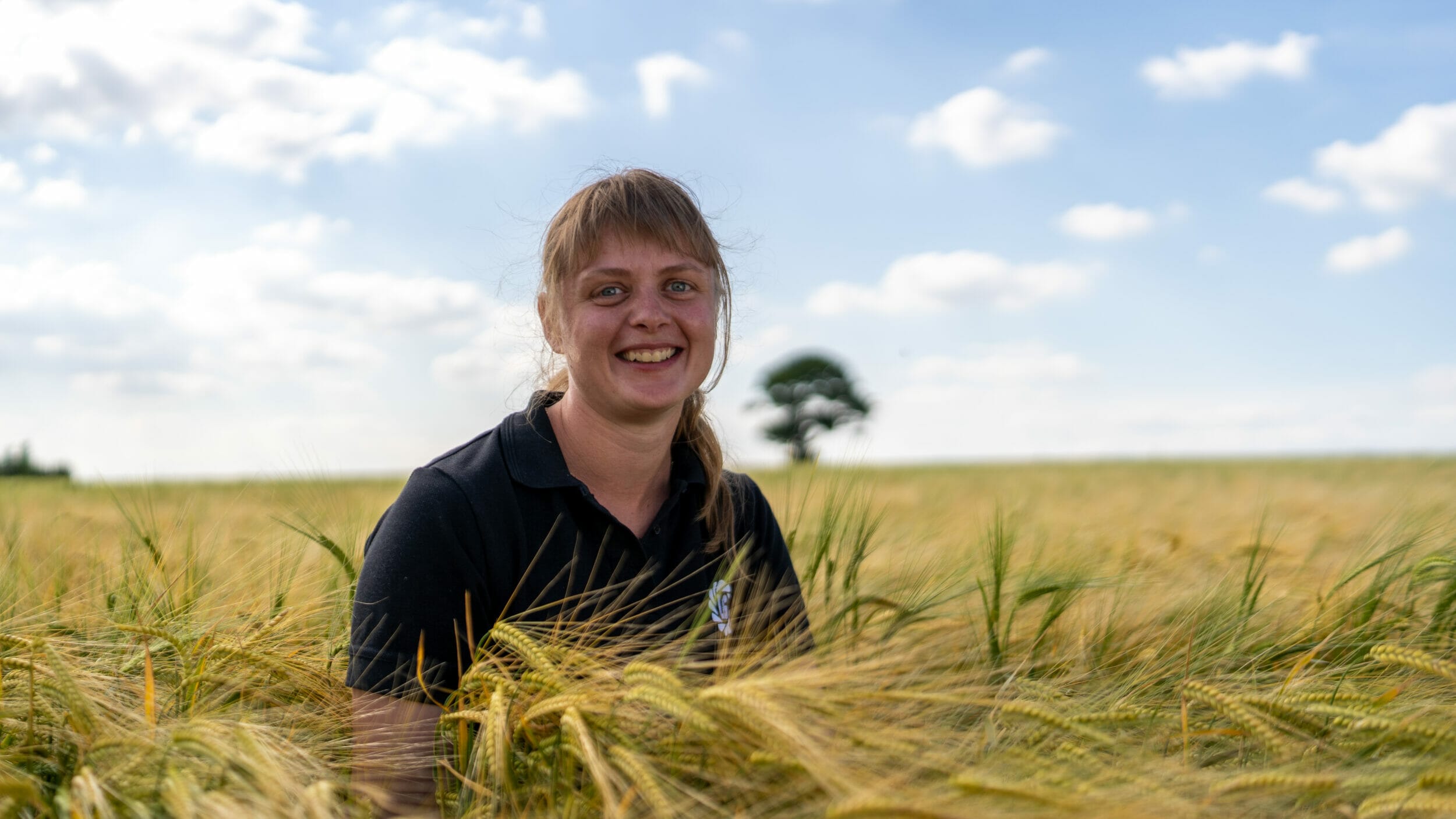 Q. What are breeders doing to benchmark quality and innovation in spring barley?
Q. What are breeders doing to benchmark quality and innovation in spring barley?
Limagrain plant over 10,000 trial plots in the UK annually and screen varieties on key traits, including treated yield, end-use quality, resistance to pests and pathogens, and agronomic suitability.
It takes at least 8-10 years to develop and breed a variety, from an initial cross to a volume of commercial seed. To decrease this timeline and respond to the market quickly, breeders are combining genomic selection (a tool based on DNA markers, which helps predict yield and end use characters in early generation material), out of season nurseries in the Southern Hemisphere, and the use of greenhouses – to grow more generations per year.
Q. What are the challenges and difficulties in producing a dual use spring barley, like Concerto and LG Diablo?
In comparison to feed barleys, dual use varieties require a good yield with a minimum of agronomic standards (mainly specific weight, brackling and Rhynchosporium resistance), as well as a good malting profile. Brewers and distillers have around a dozen malting specifications that allow a variety to be suitable for both the beer and whisky industries.
The main requirements are an optimal Hot Water Extract (HWE) and Predicted Spirit Yield (PSY), to achieve high sugar extract from the malt and maximise the quantity of alcohol produced. It is also essential to breed for ‘non-Glycosidic Nitriles (GN) producer’ varieties, to avoid the production of harmful substances during distilling.
Q. What are barley breeders currently trialling and testing, that growers could see in varieties in 10 years’ time?
Our challenge will be to provide stable varieties adapted to climate change, and which have a lower impact on the environment, without having economic bearings on growers and end users. We must also adapt our breeding programme in line with the evolution of agricultural practices (e.g., no-till sowing or use of cover crops), and with economic and governmental policy, such as input costs, loss of chemistry and reducing the overall carbon footprint.


































